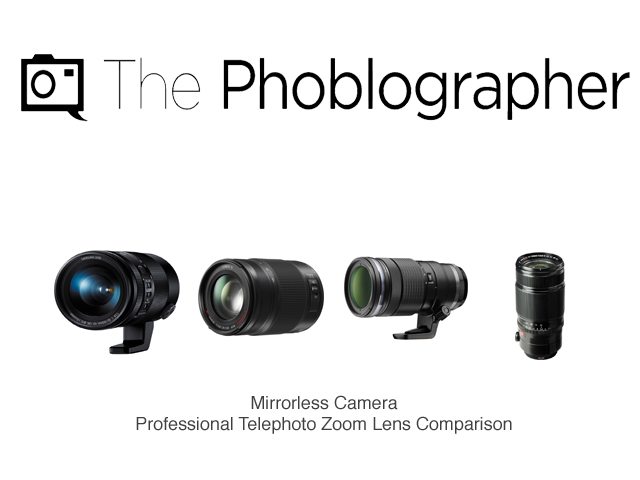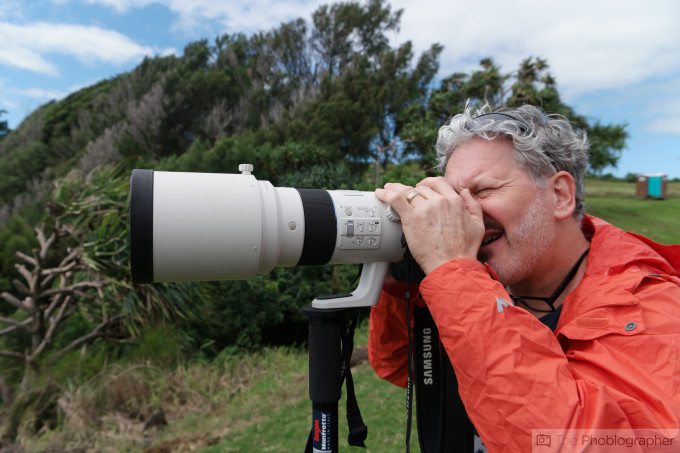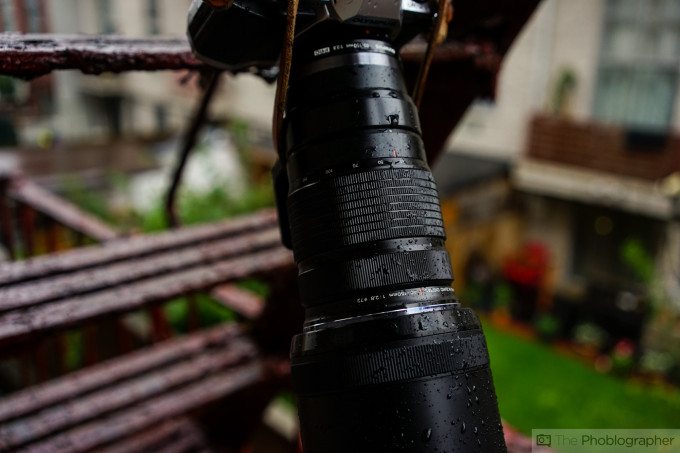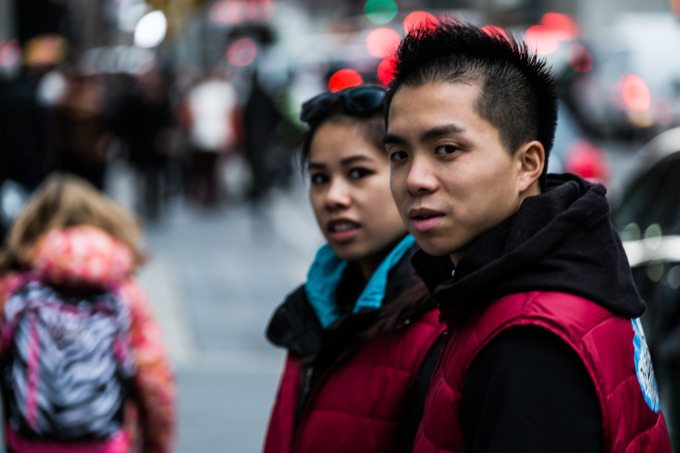After our standard Pro zoom lens shoot out, we decided to put the telephoto lenses against one another. As mirrorless camera systems have evolved and continue to develop, they’ve had to meet the demands of professional photographers who have picked up their systems. One of the classic zoom lenses that many photographers tend to reach for is the equivalent of a 70-200mm f2.8 lens. These lenses are great for portraits, events, weddings, landscapes and pretty much anything that you can think of due to their versatility.
So with Fujifilm, Samsung, Olympus, and Panasonic all offering their own versions, which one is the best?
Lenses
We purposely omitted Sony from this test because the closest offerings that the company has are for its full frame E Mount, and comparing something that large against the rest of the pack isn’t necessarily fair.
For this comparison, we tested:
– Panasonic 35-100mm f2.8 (Micro Four Thirds): See price here
– Olympus 40-150mm f2.8 (Micro Four Thirds): See price here
– Samsung 50-150mm f2.8 (Samsung NX): See price here
– Fujifilm 50-140mm f2.8 (Fujifilm X series): See price here
All of the lenses were tested on the latest cameras from the manufacturers. Samsung and Fujifilm both use APS-C sensors while the Micro Four Thirds cameras use Four Thirds sensors.
We ask that while reading this post, you reference these reviews.
How Our Tests are Done
The Phoblographer’s tests aren’t formal in the sense that everything isn’t done in a lab side by side comparison. Instead, we test things in a way that photographers would actually do it. Photographers don’t spent hours in labs pouring over data because they’re too busy creating images. We shoot a couple of very standard things during our reviews and we also tend to use flashes with the lenses that we test. These parameters help us to figure out various characteristics of the lenses that we work with when we bring them into Adobe Lightroom.
Aperture Range
Years ago when the standard Four Thirds system was still active, Olympus made f2 zoom lenses. This time around, they only were able to give us an f2.8 zoom with a constant aperture. But’s fine, because so did everyone else.
All of these lenses have a constant f2.8 aperture which is nice because you don’t need to worry abou exposure changes as you zoom in and out.
Winner: Tie
Zoom Range
While almost every manufacturer tried to go for around the 200 range on the longer end, Olympus went even further. At the wider end, they gave us 80mm–which is more telephoto than the other offerings. But that’s fine when you consider that you have the equivalent of an 80-300mm lens, not 200mm. You’ve got 100mm more reach than pretty much everyone else.
Winner: Olympus
Build Quality
All of these lenses are designed to be weather resistant. Indeed, when we tested them they were all able to take quite a bit of abuse. All of the lenses also feel great in the hand. What we really liked was the Olympus lens shade that can collapse down and make the overall package more compact. Then again, all of these lenses have a great build and feel to them, especially the Samsung offering.
Winner: Tie
Autofocus Performance
If we really had to put a rating on the performance speed of these lenses then you should know that this is where Fujifilm is in the losing ground. While they’ve improved their autofocus performance, they’re still behind everyone else including Samsung. In fact, the Samsung lens focuses rather quickly–as does the Olympus offering.
But in our tests, we found the Panasonic 35-100mm f2.8 to be the fastest focusing lens of all of them. Part of this may have to do with the fact that it overall just seems lighter in the hand.
Winner: Panasonic
Sharpness

Model: Bec Fordyce
All of these lenses can deliver very sharp images but in order to do a fair comparison we needed to make some shifts. We stopped each lens down to the equivalent of f8 on a full frame camera and shot photos with them with a flash added into the mix. This gives the photos specular highlights and also gives us equivalent depth of field measurements.
Years ago when I started this blog, I never thought that I’d type the sentence that’s coming next. Samsung wins: the sharpness of the Samsung offering is just so incredible that we were floored.
Winner: Samsung
Bokeh
We constantly tell folks to not get hung up over bokeh, and we’re going to continue to do this. However, depth of field and bokeh are an integral part of story telling. It helps a photographer tell viewers where to focus in a scene to get an idea of what they should be looking at.
To begin, an APS-C sensor will give you more bokeh at a given aperture than a Four Thirds sensor will. And that’s why Samsung and Fujifilm both do so well. In fact, Fujifilm wins here. They’ve got great bokeh with their lens and great colors to match.
Winner: Fujifilm
Color Rendition
When it comes to color, every single one of these companies have always been solid performers. While Panasonic’s lenses and sensors seem a bit muted, they work incredibly well for skin tones. Samsung’s color reminds us in many ways of Canon DSLR lenses and Fujifilm has always just been a stellar performer. But when it comes to pure punchiness in the color right out of the camera, we have to give it to Olympus here. The saturation is beautiful and the look that you get to your images will make you not want to mess with the colors at all in post-production.
Winner: Olympus
Conclusions
We’re going to stand by our saying that no one is making a bad lens. In fact, all of these are incredible and really don’t compete with one another because of the fact that they’re all for different systems. But if we had to pick one, we’d personally go with Fujifilm here due to the stellar build quality, color rendition, etc. Julius is a Fujifilm shooter and I personally don’t care about autofocus performance for my type of portraiture. But if you need an all-around general performer, then Olympus seems to take the cake here.
Again though, we recommend that you go for the Mirrorless Cameras that suit you the best.








